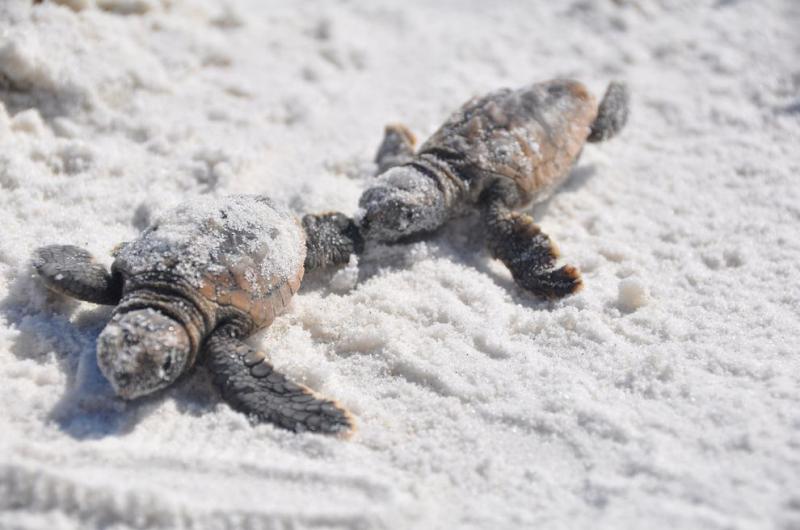

My shoulders are less granite, more Play-Doh. When I rented a kayak in Oakland a polite, granite-shouldered woman asked me about my “kayaking regimen.” I’m not exactly a candidate for that kind of river-blazing adventure: I’m sorta-medium athletic and thankfully can swim, but it was my first time to try to kayak on a river, and I had pretty much no idea what I was doing. I’d been told I was the first person to try to kayak-walk it from source to sea. I just didn’t realize quite what that would mean. I’m as guilty of this modern river blindness as anyone.īut I wanted to change. But we don’t spend time with them - don’t know where they start or where they go.
WHEN THE RIVER RUNS DRY AND THE SUN FALLS FROM THE SKY ZIP
We see them when we zip by on highways, maybe. I think this notion of being disconnected from the natural world is especially pronounced when it comes to rivers. “Most people are on the world, not in it,” wrote John Muir, the famous naturalist who traveled the Central Valley and the Sierra Nevada and whose journals I would carry with me down the San Joaquin. I had a personal reason for wanting to kayak the river, too. Depending on what happens soon, it could become a river reborn, or a drainage ditch.

The advocacy group American Rivers, however, chose the San Joaquin as the “most endangered” river in 2014 because it’s at a turning point. And the Mighty Mississippi is so polluted by farms that it feeds a Connecticut-sized “dead zone” in the Gulf. The Rio Grande, which forms the U.S.-Mexico border, often doesn’t make it to the ocean, either. Earlier this year, the Colorado River flowed to the sea for the first time in decades - and that took an international agreement. Last year, CNN readers voted for me to do a story on the “most endangered” river in the country as part of my Change the List project. Now we’re in the era of dead rivers - a time when they’ve been so dammed, diverted and overused that many of them simply cease to flow. The San Joaquin is a river that would flip my boat, steal my camera, throw me into trees, take my food, tweak my muscles, acquaint me with heat exhaustion, scare the s- out of me, trap me in the mud and leave me hiking for three days across a desert. The quicksand was just one of several semi-apocalyptic challenges I’d face on my trip down the San Joaquin, from its headwaters in the Sierras, near Yosemite, to my hoped-for destination, beneath the Golden Gate Bridge in San Francisco. That’s why I’d started walking in the first place, dragging my boat by a rope. So no one needs to worry about me getting swept away by current today. Now there’s not enough water for a kayak and me. This is what the San Joaquin USED to look like. The San Joaquin, the second-longest river in California, used to support ferry traffic. I looked to the left to see this Frankenriver flowing backward - toward the Sierra Nevada, where I’d started this “Mad Max” journey 12 days before. I was alone on the San Joaquin River in California’s remote Central Valley - the forgotten part of the Golden State, where no one thinks of taking a vacation. As anyone who’s seen “Indiana Jones” or “Princess Bride” can attest, you need a sidekick to get unstuck from quicksand.


 0 kommentar(er)
0 kommentar(er)
